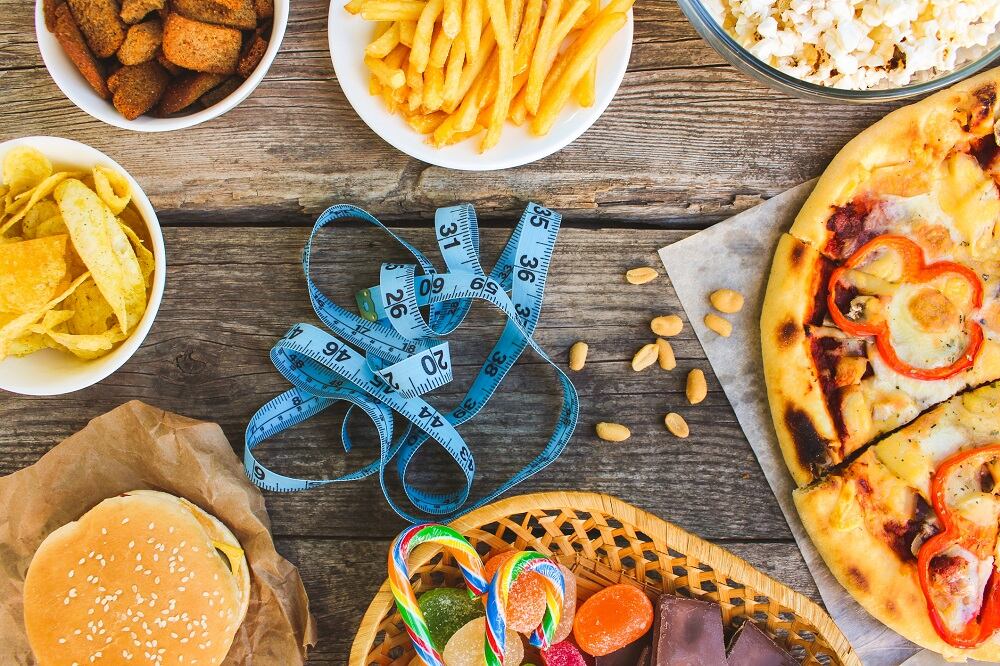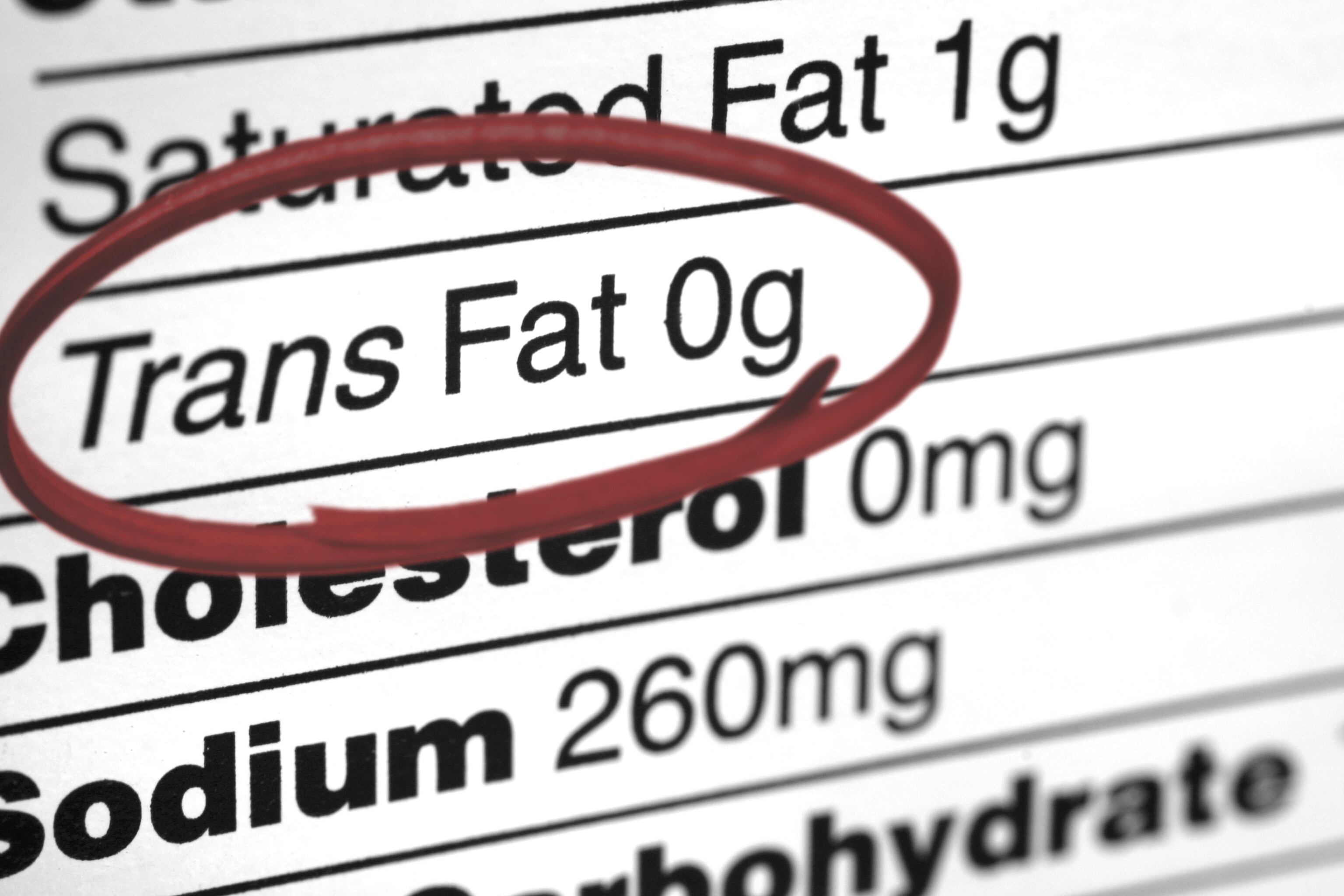In its latest report, entitled Ultra-processed food and drink products in Latin America: Sales, sources, nutrient profiles, and policy implications, the Pan American Health Organization (PAHO) explores how eating habits are impacting overweight and obesity, diabetes and associated chronic noncommunicable diseases (NCDs) amongst LATAM and Caribbean populations.
The prevalence of these conditions has increased significantly in recent decades, and its present growth projection dramatically affects the health and wellbeing of both individuals and the “economic prospects” of all LATAM and Caribbean countries, both now and in the future, the report sets out.
The Member States of PAHO sought to address the rapid rise in the rate of overweight and obesity, diabetes and associated NCDs by approving a five-year plan of action in 2014. The aim of the initiative was to prevent any further increases in obesity levels in children and teenagers throughout the Americas.
Tackling overweight and obesity, diabetes and NCDs
Emphasizing the need for dedicated efforts to reduce the health epidemic of obesity, the plan calls for:
- Fiscal policy implementation, such as taxes on sugar-sweetened beverages and energy-heavy but nutrient-poor food and drinks
- Regulation of food marketing and product labeling
- Advancement of school nutrition and physical activity spaces
- Promotion of breastfeeding and healthy eating, particularly in schools
Ultra-processed food and beverage products are often those that have little or no whole food ingredients. The majority of the industrial formulations’ contents are derived or substances extracted from foods with additives.
Foods and drinks that fall into the ultra-processed category include soft drinks and other sugar-sweetened drinks and juices, sweet and savory snacks, confectionery, industrial breads, cakes and biscuits, sweetened breakfast cereals, reconstituted meat products, as well as pre-prepared dishes.
Additives are present in ultra-processed foods to resemble and boost the positive sensory elements of natural foods, or to hide negative and unappealing qualities in the final product.
Along with fats, sugars, oils, and salt, ultra-processed products include substances derived from foods that are not used in home cooking, which include hydrogenated oils, modified starches, protein isolates, and additives such as colors, flavors and flavor enhancers.
How can national actions help?
Sales of ultra-processed foods and beverages rose 8.3% between 2009 and 2014, which was the last year that data was collected. Estimations reveal sales continued to grow by another 9.2% from 2014 to 2019. These results indicate the need for calls for health improvements, which urge government regulations to support these commitments by overcoming and reducing the extent of overweight and obesity, diabetes, and associated NCDs in their populations.
"We are observing the beginnings of an epidemic of ultra-processed food consumption," relayed Fabio da Silva Gomes, regional advisor in nutrition at PAHO. "Its sales are growing disproportionately in comparison with those of other foods, filling families’ tables with products that do not contribute to good health," he went on to say.
Commenting on influences driving the prevalence of these conditions, PAHO’s da Silva Gomes stresses that marketing promotions and unrestricted product publicity “is practically deregulated” in LATAM. As a result, "we need governments to establish policies that restrict the sales of these products. Ultra-processed products cannot form the basis of our nutrition. They can’t be an essential product in our diets”, the PAHO report warned.
Ultra-processed foods and nutrition: The connection
Collecting information on Argentina, Brazil, Chile, Colombia, Mexico, Peru and Venezuela, which amounts to 80% of the population in LATAM and the Caribbean, PAHO analyzed 250 products, divided into 89 categories. Of these products, PAHO revealed which items exceeded the recommended levels of free sugars, total fat, saturated fats, or sodium. The report also relayed that specific products generated more energy and critical nutrients.
The report revealed that all the products analyzed “contained excessive quantities of at least one of these critical nutrients”. There are certain types, such as soft drinks, fresh and salted snacks, biscuits, pies, cakes and desserts, and sauces and dressings that were deemed as “especially problematic”. Overall, 43% of what these products contributed to individuals’ diets was sugar.
Prior to these results, a previous PAHO report stated that the increase in sales of ultra-processed products (and subsequent consumption) had a correlation with rises in body weight. These results suggest that the products are an “important driver of growing rates of overweight and obesity”, with 360 million people, almost 60% of the LATAM and Caribbean population, being overweight.
The report’s recommendations call for governments, scientific societies and civil society organizations to both back and introduce policies and regulations that discourage consumers from selecting ultra-processed products to eat, while simultaneously encouraging the consumption of healthy foods.
Immediate priorities
Top priorities for national governments in the region should, therefore, focus on enhancing “food systems that protect public health in Latin America and that are rational, appropriate, and sustainable”. Recommendations also advise and promote the creation of new market opportunities to protect and boost the “production, availability, affordability and consumption of unprocessed and minimally processed foods, and fresh handmade meals”.
Countries such as Barbados, Brazil, Chile, Dominica, Mexico, Peru and Uruguay have centered their efforts on implementing one or more of these recommended measures, which have witnessed good results. The measures introduced are in alignment with PAHO’s plan of action to overcome obesity in children and adolescents, and provide limits on food product commercialization that prove unhealthy for children.




